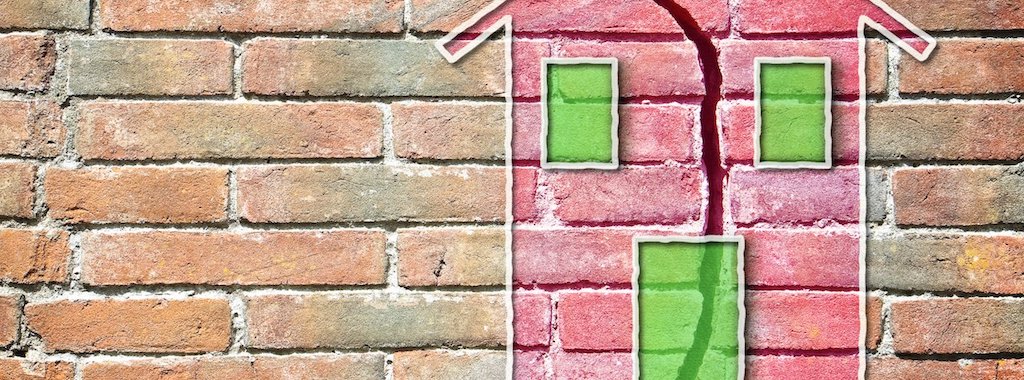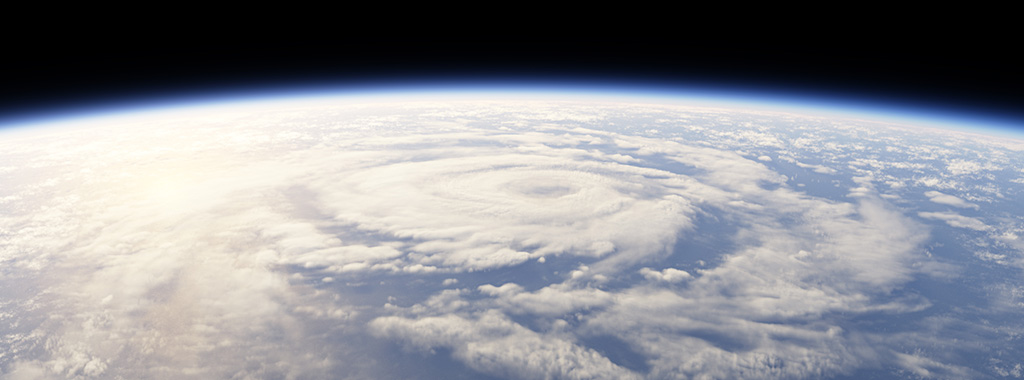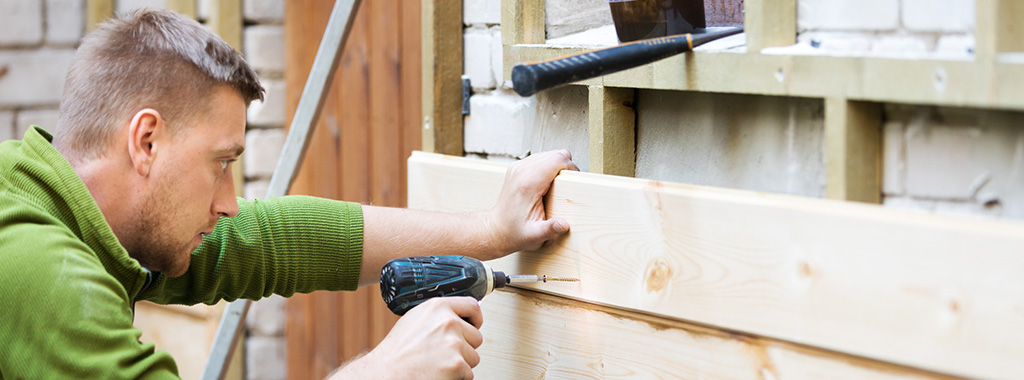Did you know that the average life expectancy of a wood deck is between 10 and 15 years? Modern design and construction practices use structural connectors to form a continuous load path. This construction method uses connectors and structural screws to create solid connections reinforcing a structure against wind, seismic, and other load forces all the way from the roof down to the foundation.
Tag: continuous load path
Protecting Homes Against Earthquakes — a New Blog Series
October is Earthquake Preparedness Month, and October 15 is the Great ShakeOut earthquake drill. In this blog series, we thought we’d share some steps homeowners can take to help minimize the risk of damage from earthquakes. Depending on your location, you may find further information and resources at the end of each blog post, with links to local cities that participate in resiliency plans for homeowners and contractors.
If an earthquake were to strike at this very moment, are you confident your home is adequately constructed to withstand its forces? Continue reading “Protecting Homes Against Earthquakes — a New Blog Series”
Hurricane Season: Understanding High-Wind Home Preparation
As we’ve seen with the hurricane seasons of that past decade or so, homes are not always built to withstand a major storm. The hurricane season of 2017 was one of the deadliest and costliest seasons in US history. Countless homes and buildings were severely damaged or destroyed, leaving thousands of families displaced. It will take years for communities to rebuild and recover from such devastation.
Fortunately, there are solutions that can help protect your home from a hurricane or high-wind event.
Continue reading “Hurricane Season: Understanding High-Wind Home Preparation”
Staying Put, Riding Out the Storm and Surviving the Odds by Sheltering in Place
Disaster strikes. It’s inevitable, given enough time. Regardless of where you live, there are natural disasters waiting to happen, be they earthquakes, floods, tornadoes or hurricanes. Meteorologists and emergency service providers can often provide advance notice of weather-related disasters like hurricanes, but seismic events, tornadoes and flash floods can often occur with little or no warning.
In the wake of recent catastrophic events such as Superstorm Sandy (233 deaths, $75 billion in damages), the 2011 Joplin tornado (158 deaths, $2.8 billion in damages), and Hurricane Katrina (1,245 deaths, $108 billion in damages), emergency management experts are increasingly evaluating the benefits of sheltering in place as opposed to evacuation. According to the Federal Emergency Management Agency (FEMA), sheltering in place is generally advisable when it may be dangerous to leave your home or place of employment.
Continue reading “Staying Put, Riding Out the Storm and Surviving the Odds by Sheltering in Place”
5 Tips for Homeowners Living in Earthquake Zones
You might not think you live in earthquake country, but at least 42 states are considered at moderate to very high risk earthquake zones. As you evaluate your home’s ability to withstand an earthquake and prepare for a seismic retrofit, knowing these simple steps will help ensure that your home is structurally sound and earthquake resistant.
Continue reading “5 Tips for Homeowners Living in Earthquake Zones”
A Well-Connected Home Is a Smart Home
In the digital era, we’ve observed technology grow ever “smarter,” as our devices, tools and appliances advance steadily toward greater connectivity, autonomy and responsiveness. Even homes are getting smarter, as lighting, temperature and security systems operate with increasing integration and diminishing oversight on our behalf.
5 Steps to a Safer and More Storm-Resistant Home
As we’ve seen with the hurricane seasons of that past decade or so, homes are not always built to be storm resistant. During the 2017 hurricane season, countless homes and buildings were severely damaged or destroyed, leaving thousands of families displaced. It will take years for communities to rebuild and recover from such devastation.
Fortunately, there are solutions that can help protect your home from a hurricane or high-wind event. Building your home to meet or exceed code requirements can have a significant impact on whether your home withstands the next big storm. Many parts of the country follow the International Building Code, which establishes design standards for new home construction. If properly enforced, these codes help strengthen homes and protect them from storm damage.
Continue reading “5 Steps to a Safer and More Storm-Resistant Home”








